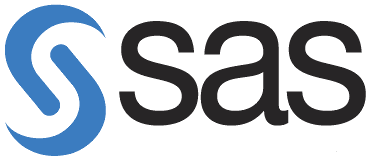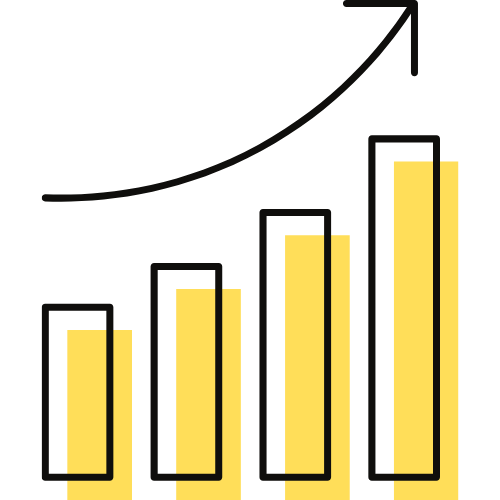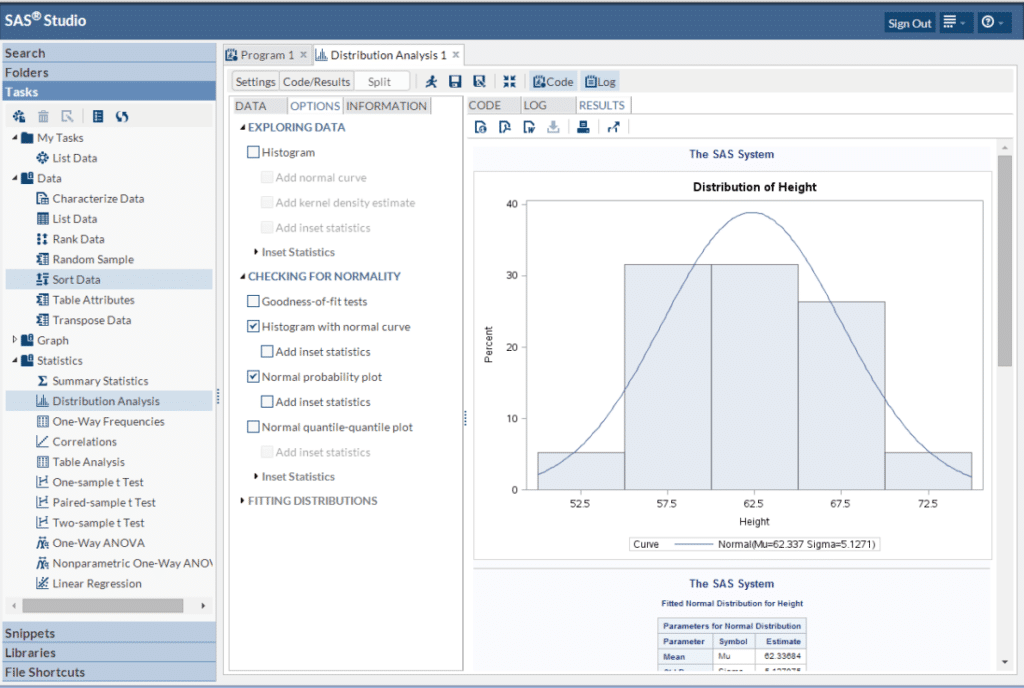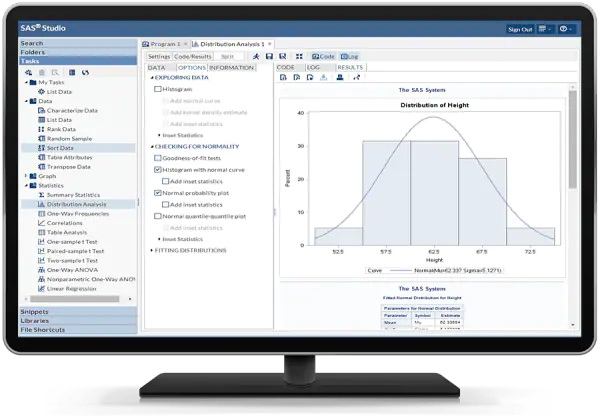Statistical Analysis System (SAS)
What is SAS?

SAS (Statistical Analysis System) is a software suite developed by SAS Institute for advanced analytics, multivariate analyses, business intelligence, data management, and predictive analytics.
Here are some key points:
- It was first launched in 1976 at North Carolina State University and has grown to become a leader in analytics software.
- It provides a graphical point-and-click user interface for non-technical users as well as advanced features through its SAS programming language for power users.
- SAS can import, manage, edit, analyze, graph and present huge volumes of data from various sources like CSV, Microsoft Excel, databases and more.
- It offers machine learning capabilities, time series analysis, forecasting algorithms, text and statistical analytics – all critical for decision making and forecasting.
- It provides analytics techniques like predictive modeling, multivariate analysis, econometric analysis, regression, time series and experimental design among 200+ techniques overall.
- Industries using SAS analytics span banking, retail, healthcare, manufacturing, education, telecom, insurance and others for business insights.
- It equips data analysts and statisticians across domains including economics to uncover patterns, trends and insights for optimized planning and projections using historical data.
In summary, it is pivotal for deriving value from statistical modeling and analysis across small and big data applications in domains ranging from marketing mix modeling to risk analysis to economic forecasting and more. Its wide toolkit makes the software popular in both academia and corporations globally.
From regression modeling to hypothesis testing, statistical analysis is crucial for unlocking economic insights. It has emerged as the preferred software tool for econometrics given its advanced analytical capabilities. This article elucidates how the software aids both students and professional economists in deriving value from statistical applications across domains.
Challenges with Statistical Modeling in Economics
Econometrics and forecasting models rely extensively on statistical competencies. Some inherent challenges economists and learners face include:

- Identifying appropriate data parameters and variables that influence outcomes.
- Cleaning raw datasets and transforming variables for consistency and stationary analysis.
- Choosing the right statistical method – parametric vs non-parametric based on theory and variable types.
- Building datasets compatible for complex multivariate regression modeling in software tools.
- Interpreting extensive software outputs into meaningful economic insights.
This is where SAS makes the process easier through its versatile functions.
Statistical Capabilities
SAS has emerged as an industry leader for not just business analytics but also superior econometric analysis via features like:
Easy Data Management
Intuitive importing, merging, cleaning, transforming, visualizing functions prep uneven raw data for modeling.
Multivariate Analysis
Tools like multiple regression, autoregression, dynamic modeling, panel data analysis for robust forecasting.
Advanced Visualizations
Interactive charts and plots aid both analysis and representation of model outputs and trends.
Automation & Macros
Building automated models through coding for repetitive tasks reduces errors and time spent.
Scalable Big Data Handling
Design distributed computing models effortlessly leveraging SAS’s ability to handle large datasets.
Superior Data Security
SAS’s data encryption capabilities brought by advanced Integration Technologies ensure integrity.
The multitude of statistical tests and procedures made seamless through SAS’s syntax-driven interface equip both students and professionals to undertake comprehensive econometric analysis.
Applications of SAS Across Key Economic Domains Both micro and macroeconomic concepts find extensive applications in SAS models across domains like:
🔎 Marketing – Demand forecasting, pricing techniques, segmentation strategies
🔎 Banking – Risk analysis, portfolio optimization, derivatives valuation
🔎 Trade – Trend analysis of exports, imports, deficits evaluation
🔎 Taxation – Modeling revenue predictions under various brackets, GDP ratios
🔎 Business Cycles – Regression models predicting inflation, unemployment rates
The flexibility to analyze individual to aggregate level trends makes SAS useful for versatile contexts.
SAS Usage in Academics and Workplaces Both university economics departments and organizations leverage SAS for:
🏫 Teaching statistical theory application
📝 Simplifying research project model building
📈 Enhancing forecast reliability
📊 Optimizing operational decision making
The benefits of familiarity and expertise in SAS software keep rising, improving employability.

Gaining the software Expertise for Economic Success
To summarize, SAS skills play an indispensable role across economics and finance careers of today. Students can fast track concepts and application through:
🔹 Online e-learning tutorials and certifications
🔹 Expert-guided project help on analysis using SAS
As organizations prefer candidates with hands-on analytical software competencies, proficiency is key for long term success.
How SAS help with Economics Assignment Help
Statistical Analysis System can be a valuable tool for economics assignment help in the following ways:
- Data Analysis: This software is widely used for data analysis in economics, including econometrics, forecasting, and research.
- Statistical Procedures: It offers a wide range of statistical procedures such as prediction and classification, forecasting, regression, and multivariate procedures, which are essential for economic analysis.
- Data Management: SAS helps in tasks like data preparation, cleaning, creating new variables, and recoding data, which are fundamental in economic research and analysis.
- Big Data Analytics: It can be leveraged for big data analytics, providing unique insights and methods to handle large-scale economic datasets effectively.
- Assignment Help Services: Several online platforms offer SAS assignment help specifically tailored for economics students, providing assistance with SAS programming, data analysis, and other related tasks.

Some common SAS commands used in Economics Assignments
- Data Analysis:
- This software is used for various data analysis tasks such as econometrics, forecasting, and research
- Statistical Procedures:
- It offers a wide range of statistical procedures such as prediction and classification, forecasting, mixed models, regression, multivariate procedures, and analysis of variance, which are essential for economic analysis
- Data Management:
- The Software helps in tasks like data preparation, cleaning, creating new variables, and recoding data, which are fundamental in economic research and analysis
- Big Data Analytics:
- It can be leveraged for big data analytics, providing unique insights and methods to handle large-scale economic datasets effectively
These commands are fundamental for utilizing SAS in economic assignments, covering aspects of data analysis, statistical procedures, and data management.
Some examples of economics research studies that use SAS for forecasting
Some examples of economics research studies that use SAS for forecasting include:
- Forecasting Examples for Business and Economics Using the SAS System: This book provides several examples of forecasting using SAS/ETS software, including forecasting college enrollment and forecasting operational indices to measure productivity changes
- Forecasting with SAS: This paper uses two examples to illustrate how SAS can be used for economic analysis and forecasting
- SAS Homework Help for Students: It is used for various tasks in economics, including prediction and classification, forecasting, mixed models, regression, multivariate procedures, and analysis of variance
- Economic and Business Forecasting: This paper discusses the importance of select economic and financial variables in forecasting economic performance and how SAS can be used for this purpose
- SAS for Energy and Utilities: This paper discusses how the software can be used for forecasting energy demand in different economic scenarios
These examples demonstrate the versatility of SAS in economic forecasting and analysis, covering various applications such as college enrollment, productivity changes, energy demand, and more.
Economics Assignment Help Using SAS Software
Econometrics assignments often require students to construct statistical models demonstrating economic concepts using relevant data. Software knowledge especially SAS has hence become pivotal for superior analysis. This is where online economics assignment help platforms bridge gaps for students through expert guidance on SAS applications.
Some key challenges students face with SAS-based assignments include:
● Identifying appropriate datasets relevant to economic concepts
● Transforming raw univariate/multivariate data into consistent formats
● Running right tests – multicollinearity, heteroscedasticity, autocorrelation checks
● Building models – regressions, autoregressive, panel data methodologies
● Interpreting extensive software outputs into economic insights
Specialized online economics tutors hence aid students by:
● Recommending relevant public data sources – World Bank, OECD, Fed databases
● Cleaning irregular datasets for consistency before modeling
● Walking through economic model building methodologies step-by-step
● Demonstrating practical applications of the software coding for regression analysis
● Explaining model outputs contextually for economic decisions
With personalized 1-on-1 expert guidance, students master SAS applications for advanced econometrics analysis related to causal inferences, forecasting, demand modeling and more for maximizing assignment grades.




